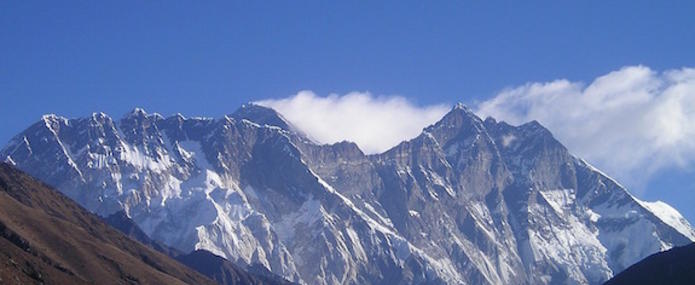The use of new and advanced wildlife monitoring technologies is shifting the paradigm of wildlife conservation and management. These digital technologies are helping wildlife conservationists and researchers around the world to monitor and manage wildlife with more precision and efficiency.
However, this research study highlights some of the key drawbacks of using such modern technologies for wildlife conservation and management especially in developing countries, where the digital divide often clearly separates well-endowed conservation organisations and rural communities. It provides an insight into how the extensive use of such digital wildlife monitoring technologies can often marginalise the role of local and indigenous communities in wildlife management. Our case study, which was conducted in the Terai Arc Landscape (TAL) in southern Nepal, includes interviews with several wildlife experts, biologists, and members of local and indigenous communities. Findings indicate that the increasing militarisation and centralisation of protected area management, and the lack of universal access to the information gathered using modern monitoring technologies, have notably led to the marginalisation of local and indigenous communities in the region. These developments not only undermine the benefits of using such technologies but have also caused a rift between conservation organisations and local communities.
As a result, this research study recommends that conservation organisations who advocate for the use of such technologies need to hold consultations and dialogues between conservationists and local and indigenous community members in order to be more inclusive and allow for a cross cultural and an interdisciplinary understanding of the best practices for the conservation and management of wildlife.



